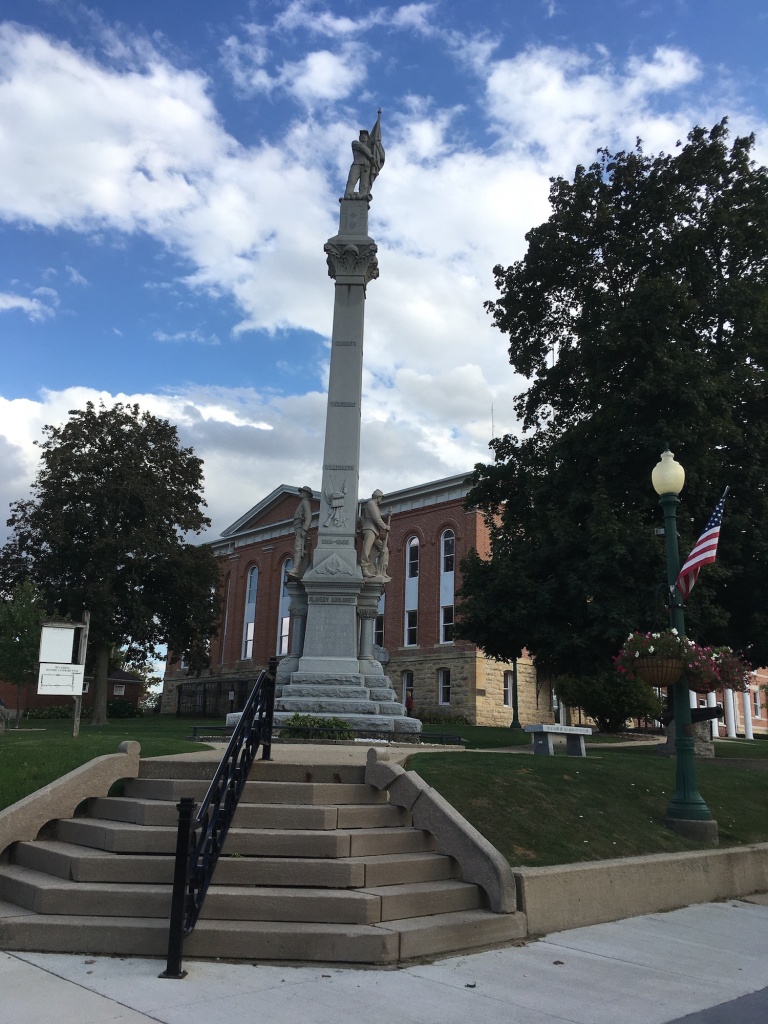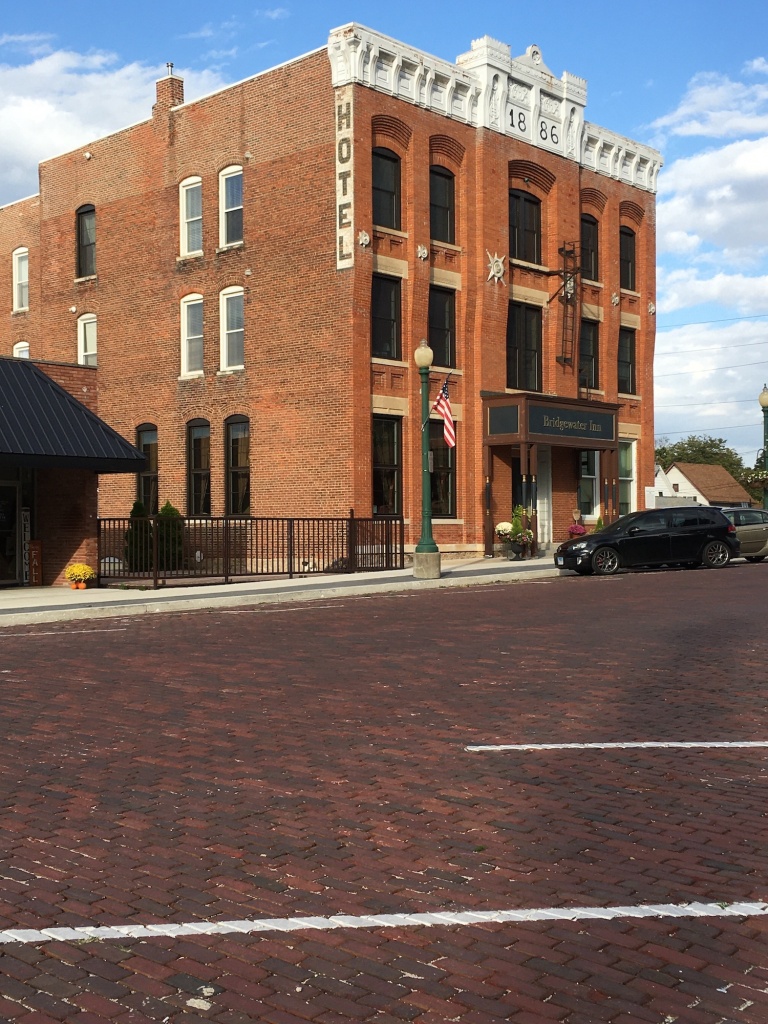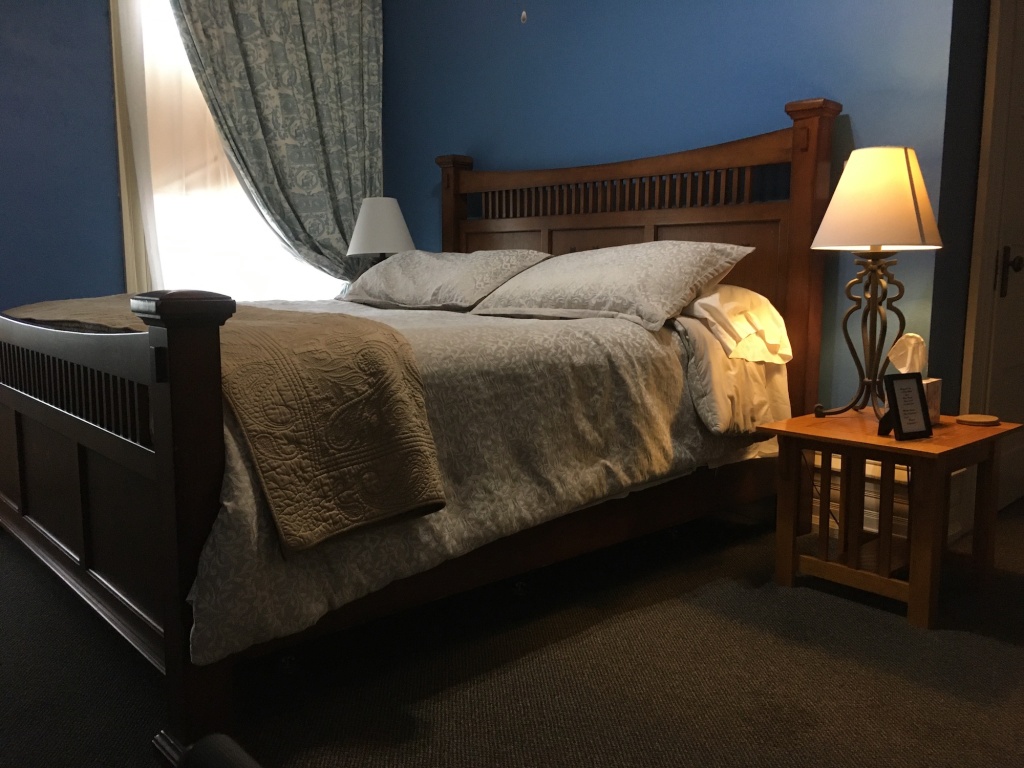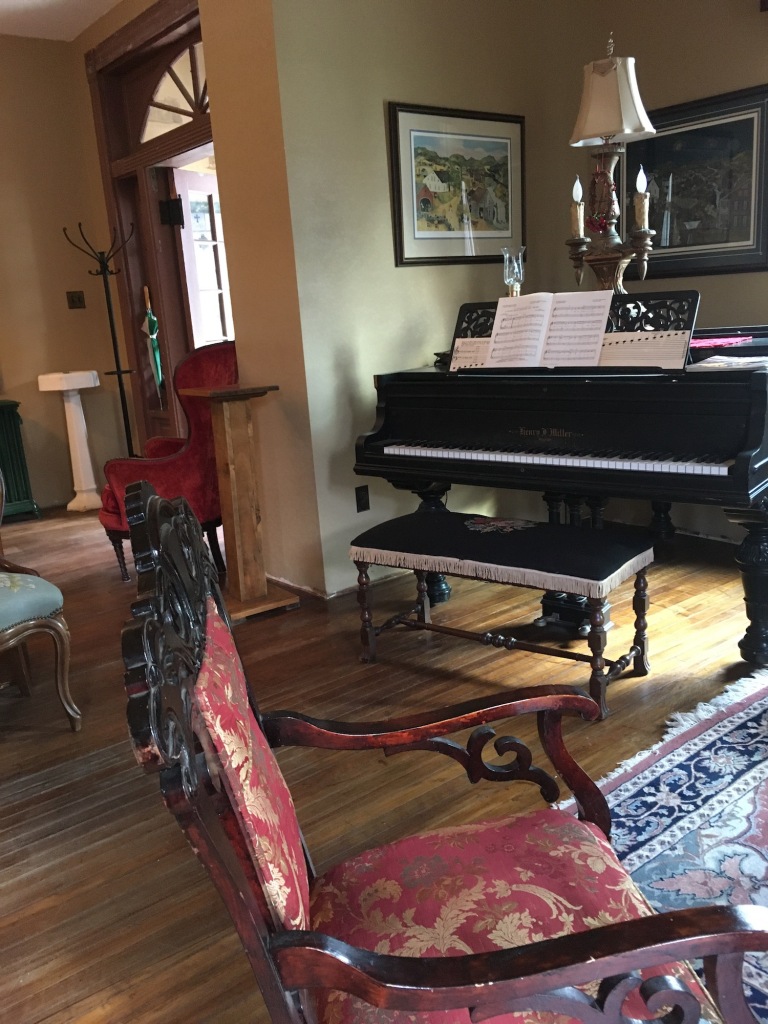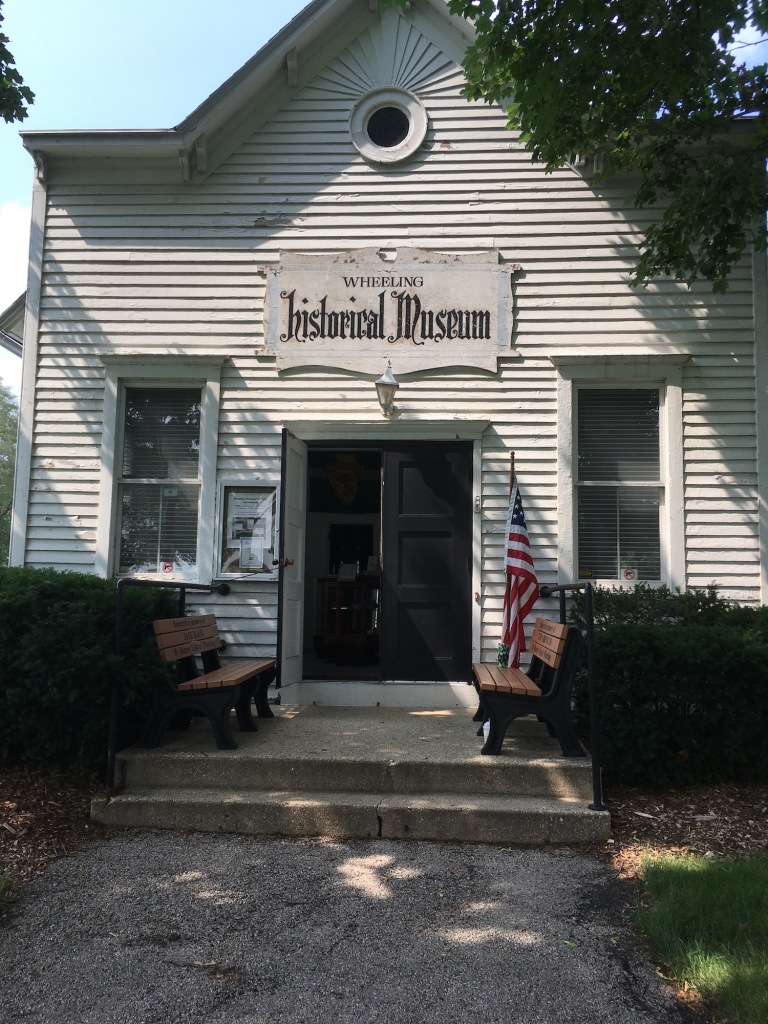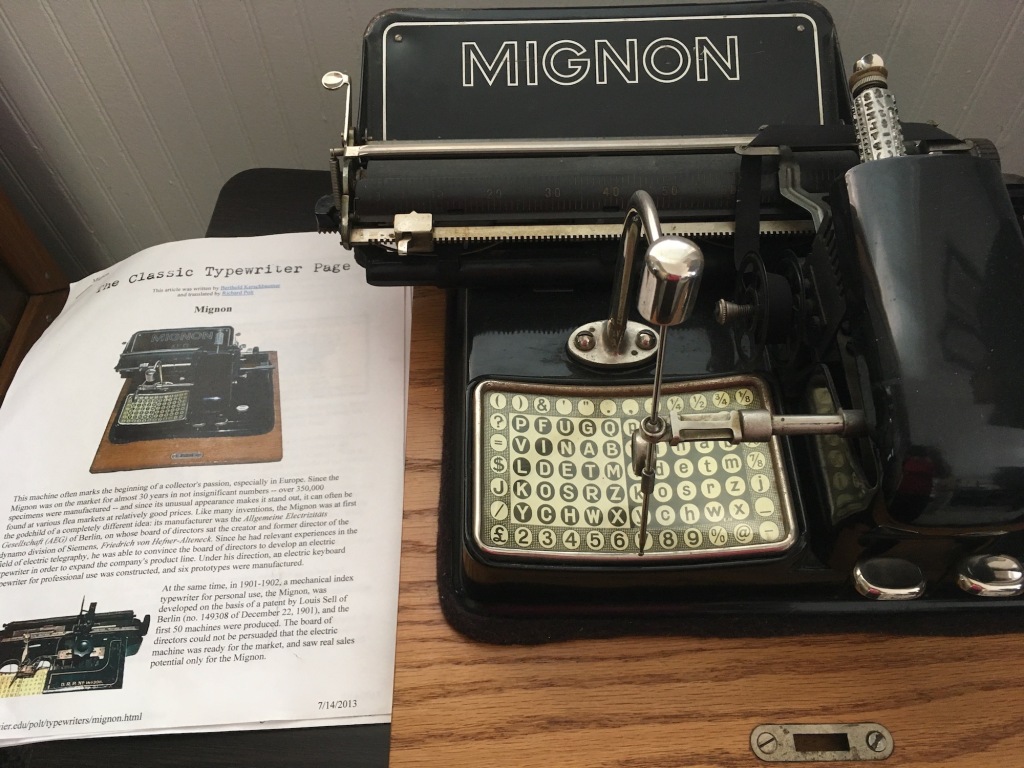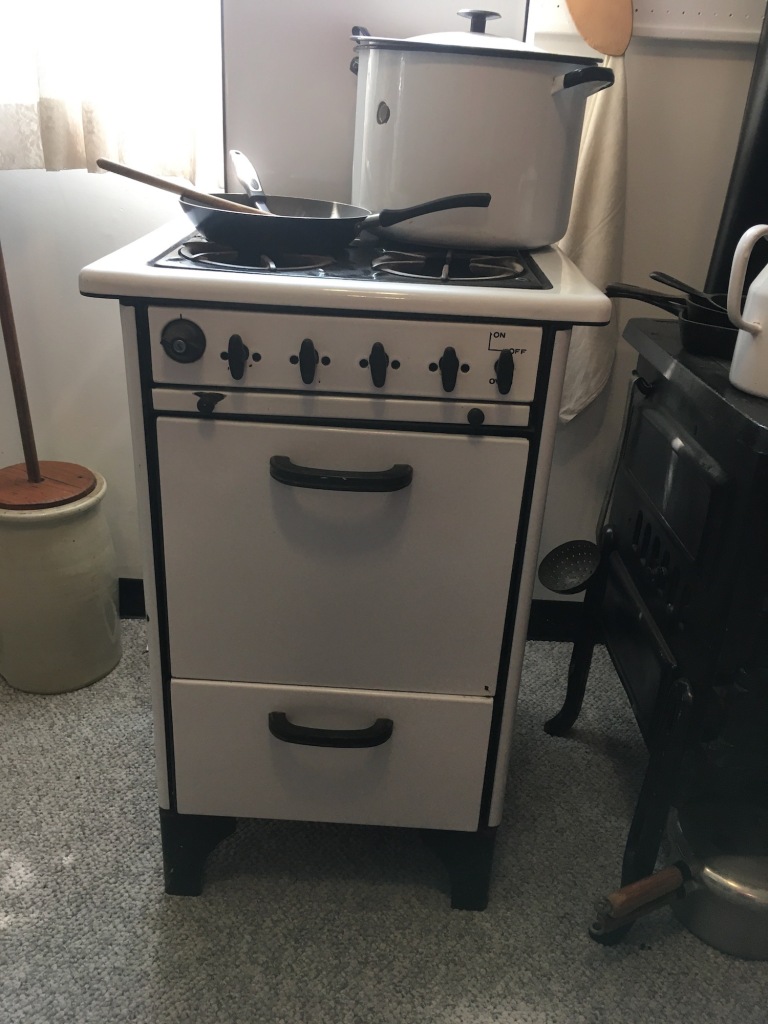One of the great things about having speaking engagements take me on the road (aside from meeting nice people) is that it gives me repeated opportunities to prove that there really is something to learn wherever you go. Last week, I was in Tampico, a small (population just over 700) farming community in west-central Illinois. I arrived early because I’d been offered a tour of the local historical society, which occupies a couple of historic buildings on Main St.

Of the two buildings, one is converted into a museum but the old bank next door has been restored to what it was like 100 years ago. However, it was the tenants in the apartment above the bank that has made the spot something of a destination. This is where Ronald Reagan was born. Both Ronald and his older brother were actually born in this bed.

Lots of history, both of the town and of the Reagans. One of my favorite stories, of the many I heard, was about Reagan working as a lifeguard. Living at this point in nearby Dixon, on the Rock River, a teen-aged Reagan looked impressive in his lifeguard uniform. He saved 77 people from drowning during his seven years of lifeguarding. But the tale that made me chuckle was that one girl was rescued three times. Can’t help but think she enjoyed being rescued by the future movie star.
So many other stories, plus the usual fun of visiting a restored building, with antique furniture an old ice box, old irons that one heated on the stove, and so much more, plus the equipment in the bank downstairs.
Here’s the website for the museum, with a few photos, additional history, and links to other area sites—plus info useful if visiting. https://www.tampicohistoricalsociety.com/R_Reagan_Birthplace_Museum.html
If you’re in the area, especially if you have an interest in Ronald Reagan, the museum is worth a visit. And should you visit Tampico, know that the restaurant across the street, The Break Room, is a dandy option, offering hearty but surprisingly imaginative food.


